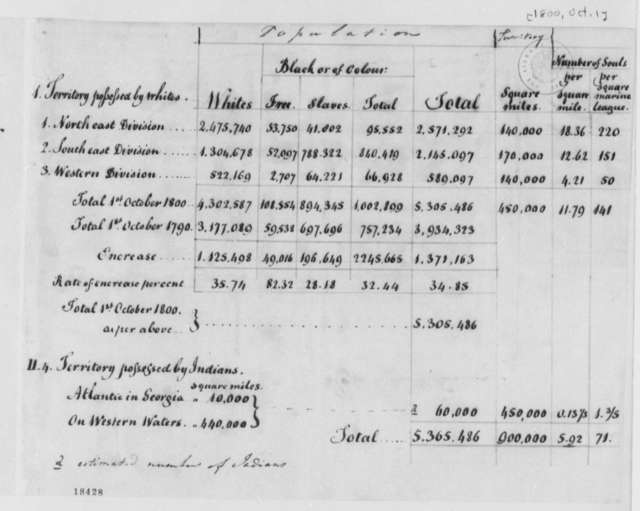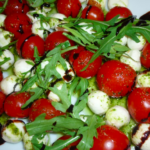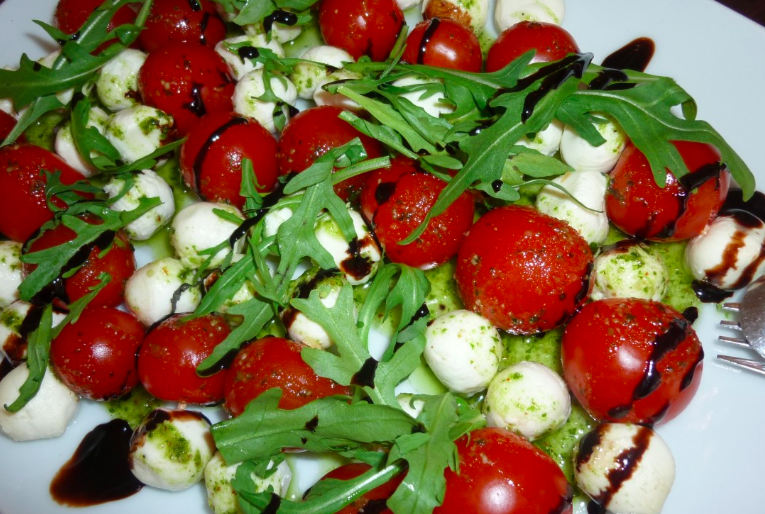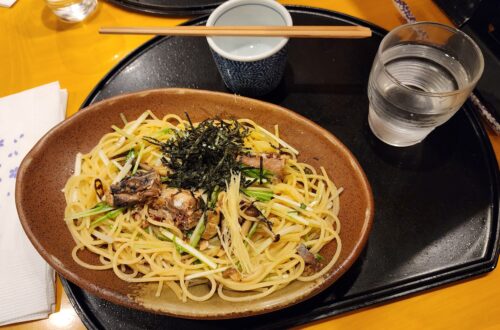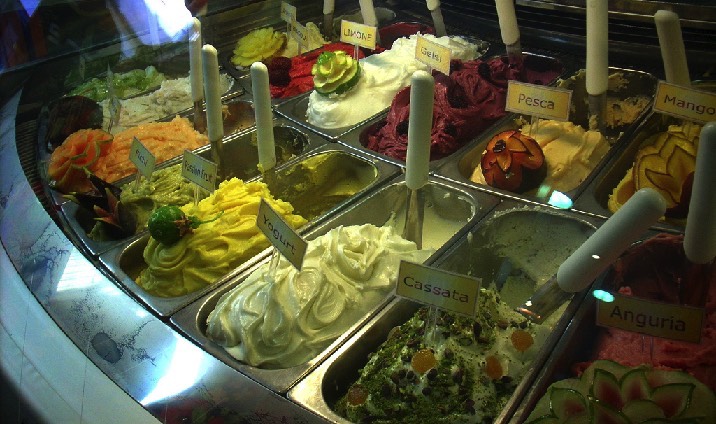
Snow Harvesters and the Origins of Gelato

Like the tomato sauce on pasta, there are few things that today say Italian as much as gelato. Particularly gelato from a local gelateria. Dozens of flavours can be found: pistacchio, stracciatella, panna cotta, nocciola, anguria, amarena and fragola among many others. While we can translate some of the names (pistachio, hazelnut, melon, strawberry) it is only in tasting such a locally produced gelato that you really get an idea of what all the fuss is about. Although similar to supermarket bought ice cream, the local production (and usually entirely natural ingredients) just makes for something better. Particularly in the summer months, a stop at the gelateria is a natural complement to the evening stroll known as the passeggiata in the parts of Italy where it is still practised.
Nonetheless gelato as we know it is a relatively recent arrival on the Italian scene. The invention of refrigeration might be assumed to be the reason. But it isn’t so. In fact flavoured icy “deserts” have been around since ancient times and were known in ancient Egypt, Mesopotamia, China and Rome as well as other parts of the world.
But these ancient varieties were more like what in English and French is called sorbet: flavoured crushed ice or snow, rather than ice cream. And the word “sorbet” is a clue to the drivers of popularity in Medieval and later times. The word “sorbet” is a version of the originally Arabic (but also Turkish and Persian) word meaning drink (sharbat): شربة.
The term sorbetto has a particularly southern flavour in the Italian context for it appears in seventeenth century description by Antonio Latini, the steward of Spanish Viceroy of Naples, but does not appear in the late seventeenth century Vocabulario of Italian produced by the Accademia della Crusca in Florence.
Latini wrote that in Naples great quantities of sorbette are consumed and that everyone is born knowing how to make it. Latini’s hyperbole is a sure sign that, whatever the origins of gelato, there was a well-established “icy” culinary culture at play by around 1700. Latini, whose life experiences focussed on his rise from street urchin of the Marche to highest steward in Naples, dwell on fantastic feasts at which icy fruit pyramids and snow chilled “everything” delighted the grandees of the realm. The rich and famous had been flaunting this kind of unobtainable and expensive gastronomy since ancient times. Fifty years earlier, in 1647, the Duca di Guisa also remarked the availability in Naples of Botteghe (shops) selling sorbetti of every kind.
Although Latini provides a recipe for “milk sorbet” (likely a real gelato) the origins of the creamy part which gave us gelato must be sought (although indirectly) further north in Italy, and its production involved a little science as described by Giambattista della Porta who in Natural Magick published in 1558 wrote of the use of saltpeter and snow to low temperature. Later saltpeter was replaced with common salt. Salt lowers the freezing point of ice which melts, creating a colder bath in which a vessel of ice cream can be frozen. However who first came up with the idea of turning cream into ice cream, we may never know, although it occurred in Italy.
In the late sixteenth century, cold deserts were also fashionable in Florence. A name associated with ice cream is Grand Duke Ferdinando Buontalenti who is sometimes incorrectly credited with inventing it. He was certainly a talented inventor in many fields and he seems to have improved on the cold stores that were the main tool for preserving snow and ice into the summer months, but evidence for “invention” of ice cream is lacking. He was also well aware of the wealth to be made in the trade, as the idea of cold summer deserts had caught on in the north of Italy as much in the south, so much so that obtaining the monopoly for the trade in Florence, as he did, was a sure path to considerable wealth. As in Florence, also in the Kingdom of Naples the snow trade was a government monopoly which was sold for “many thousand ducats”.
Such accounts don’t really capture the snow harvesting culture of Italy (one that may have been quite venerable and which disappeared with the arrival of refrigeration). An 1846 account of Charles Macfarlane an English traveller, confirms Latini’s observation that everyone was involved, even a century and a half later.
In England, and other countries of the north, ices are rarely used, and are considered a luxury of the rich; but in the hot climates of the south, and at Naples and in Sicily particularly, they are classed, during the summer season, among the absolute necessaries of life, and are consumed, in some shape or other, by all classes down to the poorest of the land …
… in the south of Italy, it is not ice but snow that is employed in all cases. The quantity that is consumed annually … is prodigious. … in the Apennines that run all through the peninsula they have an exhaustless magazine of the precious substance. … The Neapolitans, … dig deep wells or caverns high up the mountain’s sides, or sometimes make use of natural caves among the rocks. Into these, at the proper season, when they can procure it in broad, thick, purely white layers, they throw the snow to be preserved. The snow is well pressed together, and, when the chasm is full, or nearly so, they throw in a quantity of straw, dried leaves, and branches of trees to keep the external air from the snow, and then shut up the mouth of the well or cavern, which is sometimes, though not always, enclosed by a small, rude stone building. …
When the snow does fall in any quantity on the lower and inhabited ridges of the mountains it gives occasion to great joy and festivity … I once witnessed a curious and enlivening scene of the sort. I was travelling from Naples towards Apulia, and was crossing the first or lower ridge of the Apennines, between the towns of Il Cardinale, and Monte Forte, and Avellino, when, suddenly, a sharp snow-storm came on, which soon covered the ground with a thick white mantle. As soon as the flakes began to fall quickly and compactly, all the country people set up a joyful shout, and presently men, women, and children all ran out with rakes, shovels, baskets, hand-barrows, rush-mats, and everything available that they could seize at the moment, to collect the falling treasure. The Israelites in the desert could hardly have shown more joyous feelings at the fall of their manna. They sang — they shouted — they laughed — they kept up a constant fire of jokes, not forgetting, however, to gather in the snow all the while. There was none of that pleasant sport which we call snow balling — the material and their time, on such an occasion, were too precious to be lost or wasted. Balls, to be sure, were made, and of an enormous size ; but these the children carefully rolled along the mountain’s side to throw into the snow-caves. They were all evidently foretasting the refreshment and delight to be procured from this gift of winter during the scorching heats of summer and the suffocating airs of the sirocco; not overlooking, in all probability, the gains to be derived from selling their overstock of snow to their neighbours in the hot thirsty plain of the Terra di Lavoro. As we went by, the groups of busy peasants, men and boys, shouted out to us ” Ecco, Signori, una bella raccolta! questa e una bella raccolta!” (Here, Sirs, is a fine harvest! this is a fine harvest!)
Macfarlane, pp 27-30
Image
Author: Kat Philips, Sicilian Icecream Parlour, creative commons, originally posted on flickr
Sources
Elizabeth Davie, Harvest of the Cold Months: The Social History of Ice and Ices,
Jeri Quinzio, Of Sugar and Snow A History of Ice Cream Making
Charles Macfarlane, Popular Customs Sports and Recollections of Southern Italy, London 1846
Giuseppe M Galanti, Nuova guida per Napoli, e suoi contorni ULTIMA EDIZIONE Fatta su quella riformata dall’Abate CORREDATA DI MOLTE AGGIUNTE E DI UN’APPENDICE, Napoli 1845
